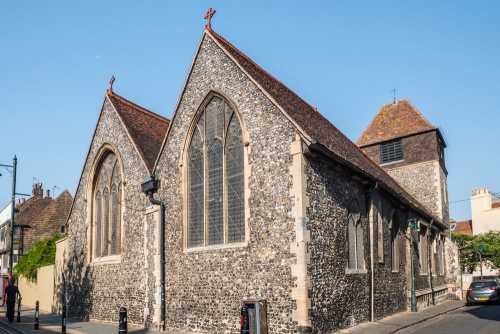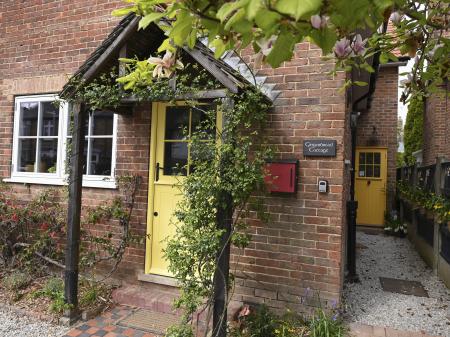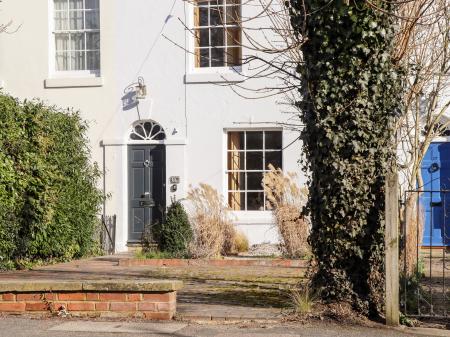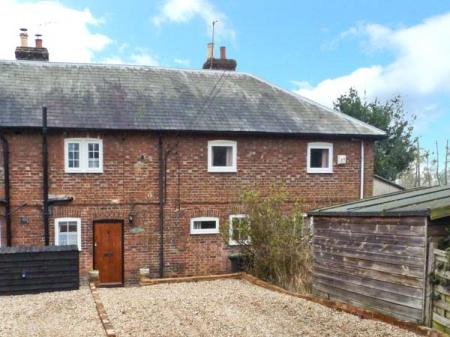
Thomas Cushman was married at St Alphege's. Cushman was responsible for hiring the Mayflower, the ship which took the Pilgrims to America in 1620. Cushman himself followed in 1621, but eventually returned to Britain, and died in Canterbury in 1625.
St Alphege ceased being used as a church in 1982, and for some time served as the home of the Canterbury Environmental Centre. It is now used by King's School, and the interior is not generally open to the public.
Within the church is buried John Caxton, brother of printing pioneer William Caxton of Tenterden. The font is hexagonal and dates from the 15th century.
St Alphege was an 11th-century Archbishop of Canterbury. When Danes under Earl Thorkell invaded in 1011 they took Alphege captive. The witan (council) agreed to pay the Danes £84,000, a huge sum in those days, to leave.
The Danes wanted an extra £3000 to free Alphege, but the Archbishop urged his countrymen to refuse the ransom. The Danes killed Alphege in a rage by throwing beef bones at him. He was eventually buried in Canterbury Cathedral, near the high altar.
 We've 'tagged' this attraction information to help you find related historic attractions and learn more about major time periods mentioned.
We've 'tagged' this attraction information to help you find related historic attractions and learn more about major time periods mentioned.


